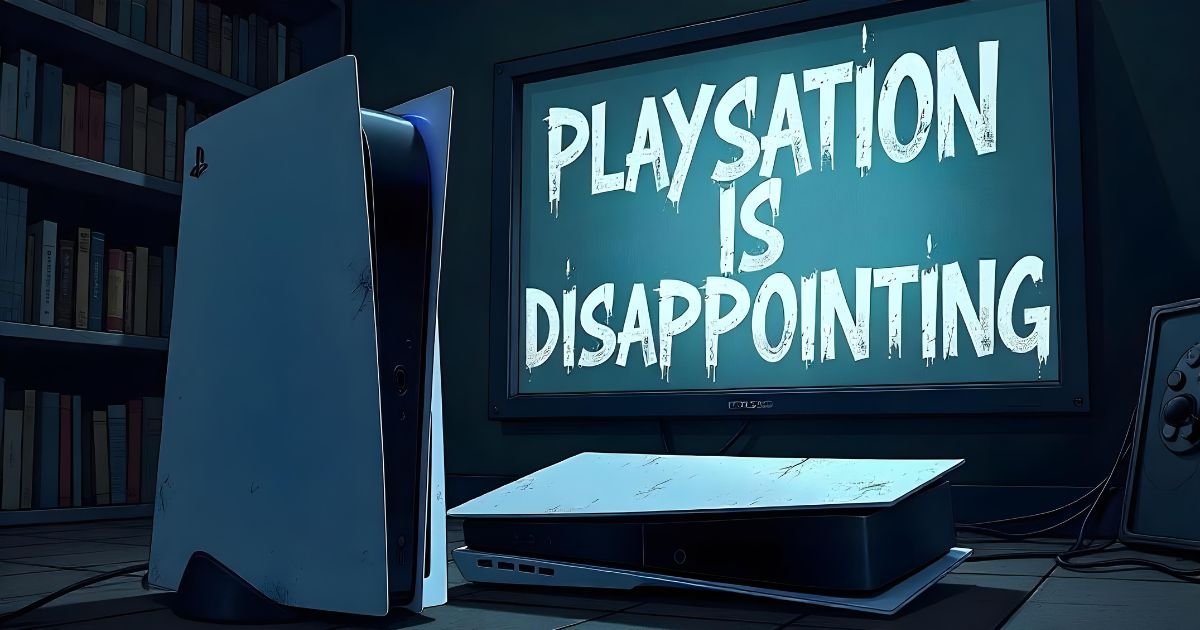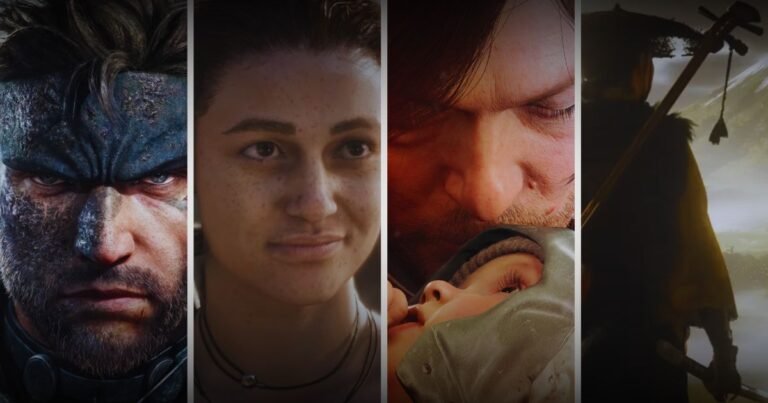Today, we’re taking a closer look at the current state of PlayStation and the challenges it has faced in the 9th generation of console gaming. Whether you’re a fan of PlayStation or Xbox, it’s clear that neither has had an easy ride this generation. However, we’ll focus on PlayStation, exploring key issues like the PS5 Pro’s missteps and the struggles with recent projects like Concord.
Before we dive in, let me clarify: this post isn’t about bashing PlayStation. As a long-time fan who appreciates their cinematic storytelling and exclusives, I’m genuinely concerned about the path PlayStation is on. This is not an attack, but an open discussion from one PlayStation fan to another.
Let’s explore what’s been going wrong and what could be improved.
The PS5 Generation’s Game Drought
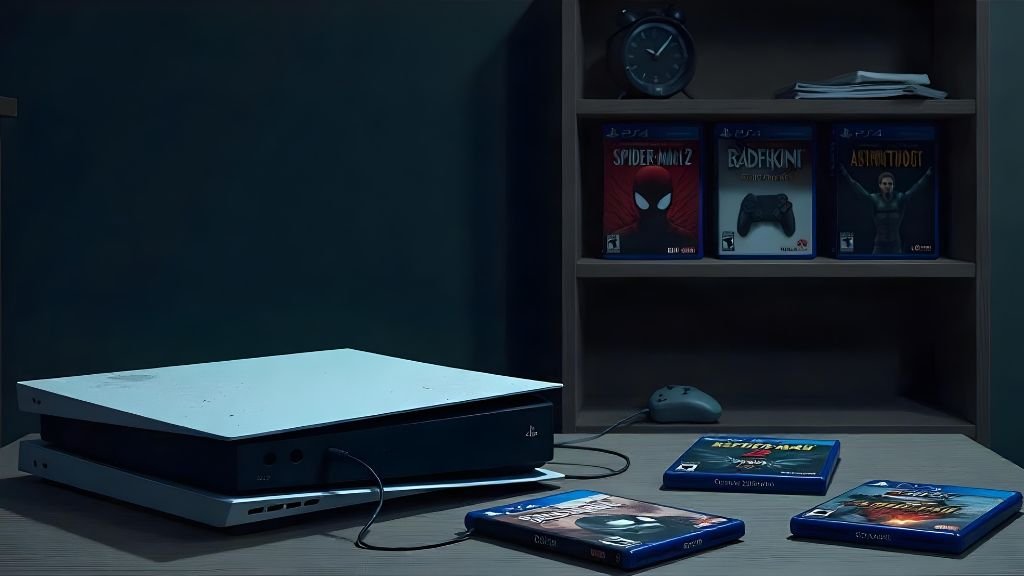
Throughout this entire PS5 generation, there’s been one question that gamers can’t stop asking: Where are the games? If you look back at the previous generation, it was filled with massive hits like God of War, The Last of Us, Uncharted, Spider-Man, Bloodborne, Ghost of Tsushima – the list goes on. But what have we gotten so far in the PS5 generation? Spider-Man 2, Astro Bot, and a remake of The Last of Us, along with a remastered version of The Last of Us Part 2.
This raises an important question: who remasters a 4-year-old game or remakes a 10-year-old one? Remakes should be reserved for games that are at least 15-20 years old, and even then, you’d wait 8-10 years before considering it. But PlayStation doesn’t have many new games to release. Sure, we’ve got some titles on the horizon like Ghost of Tsushima’s sequel coming next year, Death Stranding 2, and Marvel’s Wolverine, which is still in development. Developers like Naughty Dog and Santa Monica Studio are working on new projects, but when will they actually release? That’s why it feels like the PS5 might just be the console with no games.
If we look at PS5-exclusive titles, meaning games you can’t play on PC either, there are probably only around 10. And half of those are either remakes, remasters, or third-party games. In terms of first-party games, there are maybe 5. So, why would someone buy a brand-new console to play just 5-10 games, especially when many of them will eventually end up on PC anyway?
While classics like the old Sonic games still attract players, how long can that last? We’re four years into this generation, and the number of first-party PS5 titles you can count on one hand speaks volumes.
The PS5 Pro Pricing & GTA 6
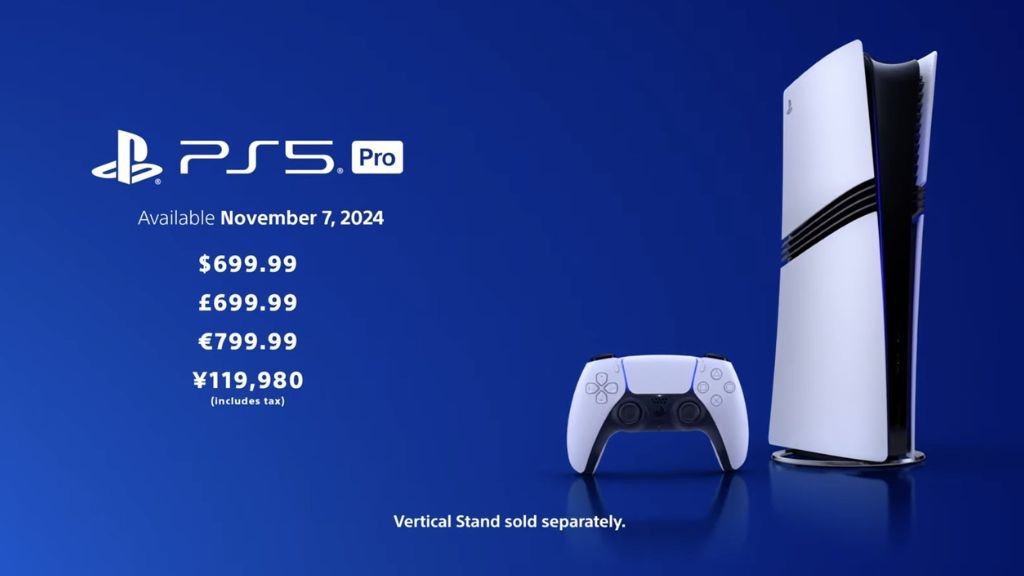
In India, the PS5 Pro will launch at ₹70,000 without the disk drive or vertical stand. After buying those separately, the total cost will hit around ₹85,000, which is roughly ₹30,000 more than the standard PS5 with a disk drive.
This isn’t just an issue in India. Globally, in countries like Japan, the UK, and the US, the PS5 Pro is going to end up costing over $1,000 when you factor in taxes and conversion rates. Consoles used to be priced around $500, so many expected the PS5 Pro to be no more than $600, including the disk drive. Instead, we’re looking at a huge disappointment.
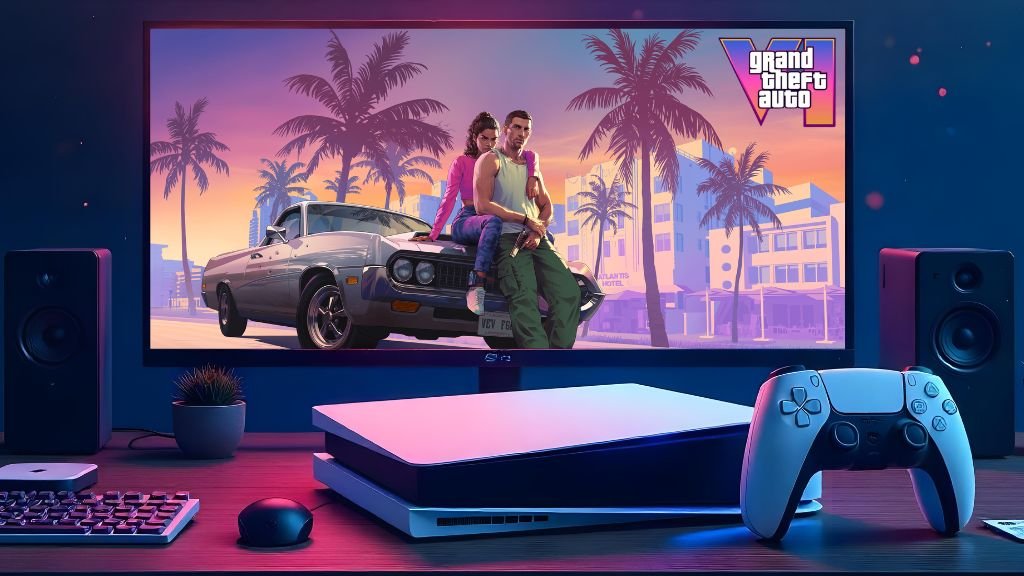
I think this pricing is likely tied to the upcoming release of GTA 6. This is going to be a landmark event, not just for gamers but for the entire industry. PlayStation knows this and is marketing the PS5 Pro as the most powerful console to give the best GTA 6 experience.
So, people will undoubtedly buy the PS5 Pro to experience GTA 6 at its finest. But what’s the point if you’re not even getting 60 FPS at 4K? The pricing of the PS5 Pro feels like a failure in terms of competition. Even though Xbox has its own set of problems and Microsoft openly admitted that Xbox has lost the console war, Sony is taking full advantage of the lack of competition. And the scariest part? If the PS5 Pro is this expensive, how much will the next-gen PlayStation console cost?
The Impact of Live Service Games on PlayStation

In recent years, the gaming industry has experienced a dramatic shift towards live service and multiplayer games. These games have surged in popularity as studios focus on generating continuous revenue through regular updates and in-game purchases, rather than relying on one-time sales. Unlike single-player titles, where players pay once and the transaction ends, live service games (or Games as a Service, GaaS) encourage players to keep spending—sometimes monthly or even weekly. For gaming companies, this steady stream of revenue is highly appealing, but it also carries significant risks in terms of long-term player engagement and game quality.
Historically, PlayStation has focused on single-player stories, which is great from a storytelling and gamer-experience perspective. However, single-player games don’t generate as much revenue as live service games. So, PlayStation made a strategic decision to try and dominate the live service space, just as they’ve led in the AAA games category. They even went so far as to acquire Bungie and Firewalk Studios to spearhead this new direction. In 2022, they announced plans to release around 12 live service games by 2026.
But fast forward to 2023, and things haven’t exactly gone as planned—PlayStation updated us that half of those live service games have been delayed, leaving only 6 expected to launch by March 2026.
The Failure of Concord and Sony’s Missteps in the Live Service Space
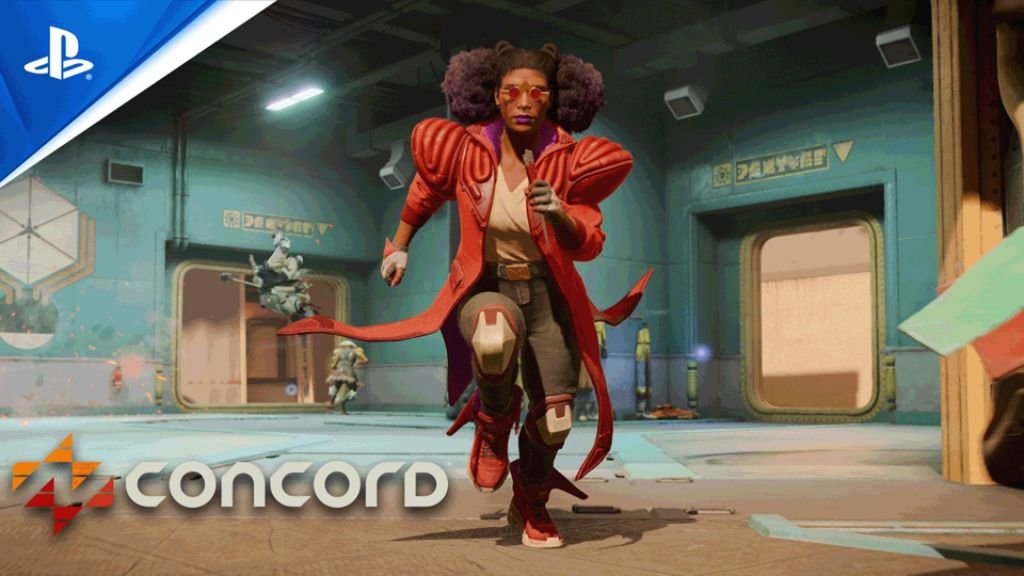
Now, let’s talk about one of PlayStation’s most embarrassing flops—Concord, their attempt at a hero shooter that they hoped would rival Overwatch or Valorant. But that didn’t happen. The game released in August, and by September, it was shut down—barely lasting two weeks. That’s right, the game didn’t even make it a full month before Sony pulled the plug.
According to gaming journalist Colin Moriarty, the most shocking detail about this failure is that Concord cost a whopping $400 million to develop, making it the most expensive game PlayStation has ever produced. Just for perspective, God of War: Ragnarok was made for $200 million, and The Last of Us Part II cost $220 million. So how does a game like Concord end up with a budget that massive, especially when it brought in zero return and sold only 25,000 copies? It’s baffling, and to make matters worse, Sony even announced they would issue refunds to the players who bought it.
The core issue with Concord was that PlayStation didn’t truly understand what makes live-service games successful. Sure, they nailed the basics—the gunplay was solid, the maps were decent, and the game felt pretty good to play—but it didn’t offer anything unique. The visuals looked like a copy of Overwatch with a Guardians of the Galaxy skin slapped on top, and the character designs were uninspired. It simply didn’t stand out in a crowded market of shooters.
The real kicker, though? You had to pay $40 just to play it! In an era where free-to-play games like Fortnite and Apex Legends dominate, why would anyone pay for a game that doesn’t even offer anything special?
By early 2023, Concord was already in such bad shape that PlayStation had to bring in external developers to help finish it. At that point, they had already sunk $200 million into the game, and then they threw in another $200 million in a desperate attempt to salvage it. The team behind Concord included ex-developers from big companies like Bungie and Activision, so they were overconfident, thinking they couldn’t fail. But the launch proved otherwise, and after the game flopped, some of the developers even lashed out at gamers, calling them “talentless freaks.”
The Fallout from PlayStation’s Failed Projects
When a game flops, gaming companies often enter blame mode, pointing fingers to deflect responsibility. In the aftermath of Sony canceling many of its live-service projects, countless developers were laid off, leaving studios like Firewalk scrambling to figure out their future after creating Sony’s biggest loss-making game in history. It’s a rough spot to be in, but whose fault was it, really?
Companies frequently shift the blame onto the developers, firing them as a way to show that they’re “taking action.” But let’s be real—the problem usually starts at the top with poor management decisions. It’s the executives who steer these projects in the wrong direction, yet somehow, they escape unscathed. Do they get fired when things go south? Absolutely not! They continue enjoying their full salaries, often unaffected by the fallout, and sometimes they even dish out bizarre advice.
Conclusion: Future of PlayStation
This doesn’t mean PlayStation is heading for a downfall. PlayStation is simply too big to fail at this point. However, with recent losses, investors are bound to apply pressure, and hopefully, that leads to improvement. Now, Sony faces a crucial question: Should they continue experimenting with live-service games, or return to their roots with single-player titles, which is where their true strength lies?
As I see it, they’ll probably keep pursuing live-service games, but with a new strategy. They’ve invested too much to walk away now. The question is whether they’ll learn from the mistakes of Concord and other failures, and take a smarter approach.
When it comes to the PS5 Pro, well, it is what it is. Most people probably won’t buy it at that price point.
Ultimately, PlayStation’s future will hinge on their upcoming first-party games. If they deliver the kind of quality we’ve seen in past generations, the PS5 will still be worth it, and fans will forgive the missteps. But if they don’t? That’s when things might really start to change for PlayStation.

